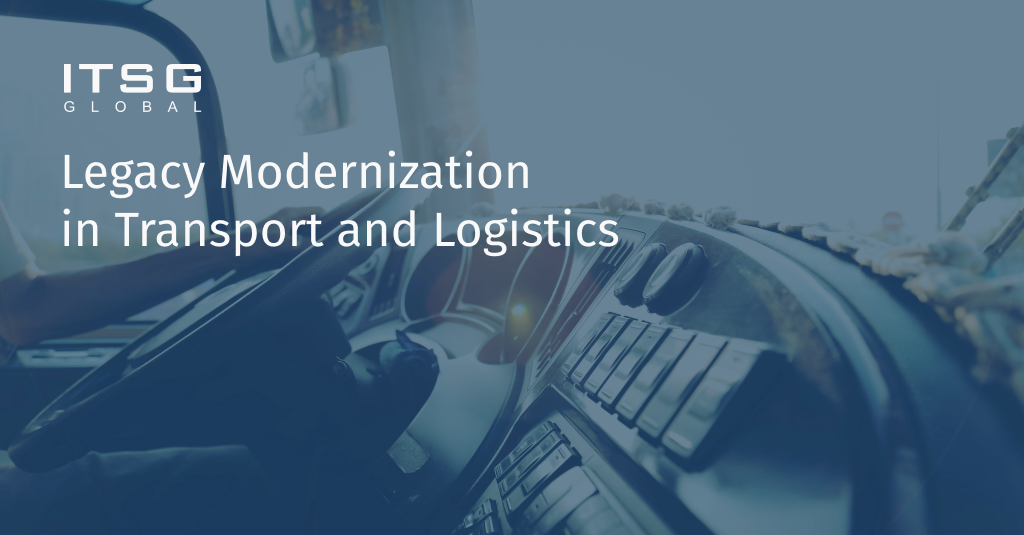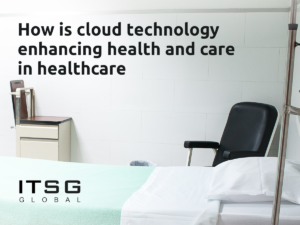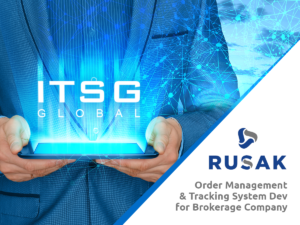12 March 2024

Legacy Modernization remains a relevant matter for companies, that have been present on the market for a while now, but their software wasn’t designed for contemporary needs and expectations. Especially if the original creators are not available anymore or there are problems with documentation, and manipulating the existing system is a delicate matter.
The point is – legacy systems cannot be ignored, because they slow down the whole progress of the company and the matter has to be addressed in order to implement new solutions to the system.
Legacy modernization is crucial in the transport and logistics industry for several reasons:
First, legacy systems in transport and logistics may be outdated and inefficient, leading to manual processes, data silos, and redundant tasks. Modernizing these systems with new technologies such as AI, IoT, cloud computing, and automation can streamline operations, improve workflow efficiency, and reduce operational costs. That of course brings improved customer satisfaction which plays an important role because of massive competition on that specific market. Legacy systems may lack integration capabilities, making it challenging to share data across different departments or partners in the supply chain. Modernizing these systems can enable seamless data sharing, collaboration, and integration with third-party systems, leading to optimized operations, better decision-making, and improved supply chain visibility.

By leveraging modern technologies, companies can offer real-time tracking of shipments, improved visibility into supply chain processes, and faster response times to customer inquiries, leading to increased customer satisfaction and loyalty.
Legacy systems have problems with scalability and flexibility needed to adapt to changing business requirements and market dynamics. Modernizing these systems can make them more agile, scalable, and future-proof, allowing transport and logistics companies to quickly respond to market changes, customer demands, and industry trends. Simultaneously it’s a much cheaper solution than introducing a whole new system.
A crucial aspect of any business is security. Legacy systems happen to be susceptible to security vulnerabilities, data breaches, and system failures due to outdated technology and lack of regular updates (or even a possibility to do them). Modernizing these systems with the latest security protocols, encryption techniques, and compliance standards can help mitigate risks and ensure data security and regulatory compliance.
Financially-wise, while modernizing legacy systems requires upfront investment, the long-term benefits can outweigh the costs. By improving operational efficiency, reducing manual errors, and optimizing resource allocation, modernization can lead to cost savings in the long run, making the transport and logistics business more competitive and sustainable.
In conclusion, legacy modernization is essential in the transport and logistics industry to drive operational efficiency, enhance customer experience, optimize supply chain processes, mitigate risks, and stay competitive in a rapidly evolving business landscape. By embracing modern technologies and best practices, transport and logistics companies can unlock new opportunities for growth, innovation, and success.
Author: Cezary Dmowski, CTO at ITSG Global






